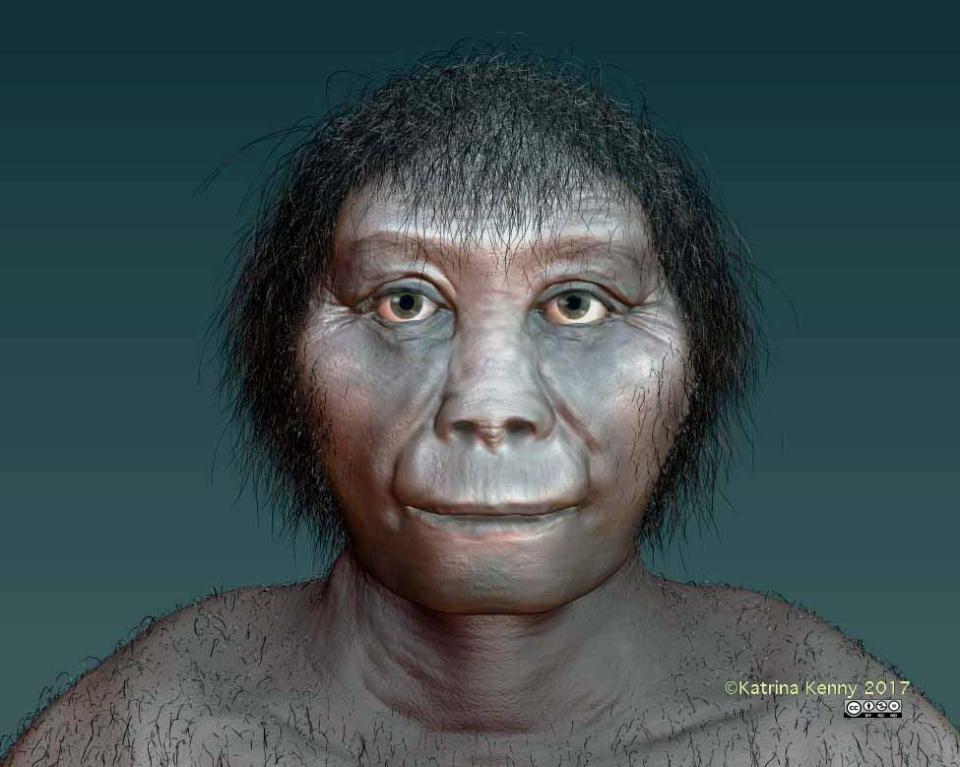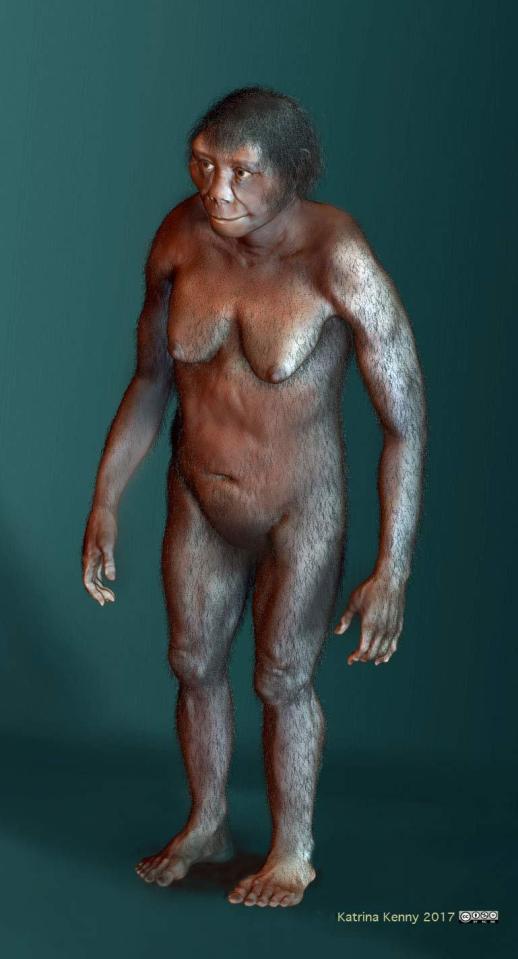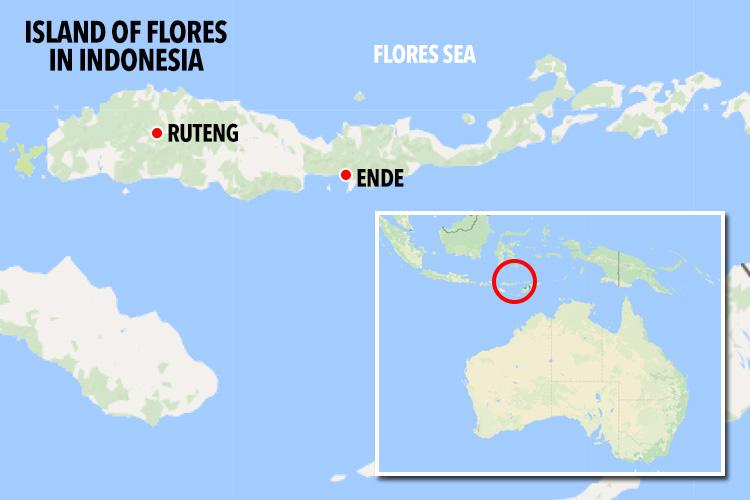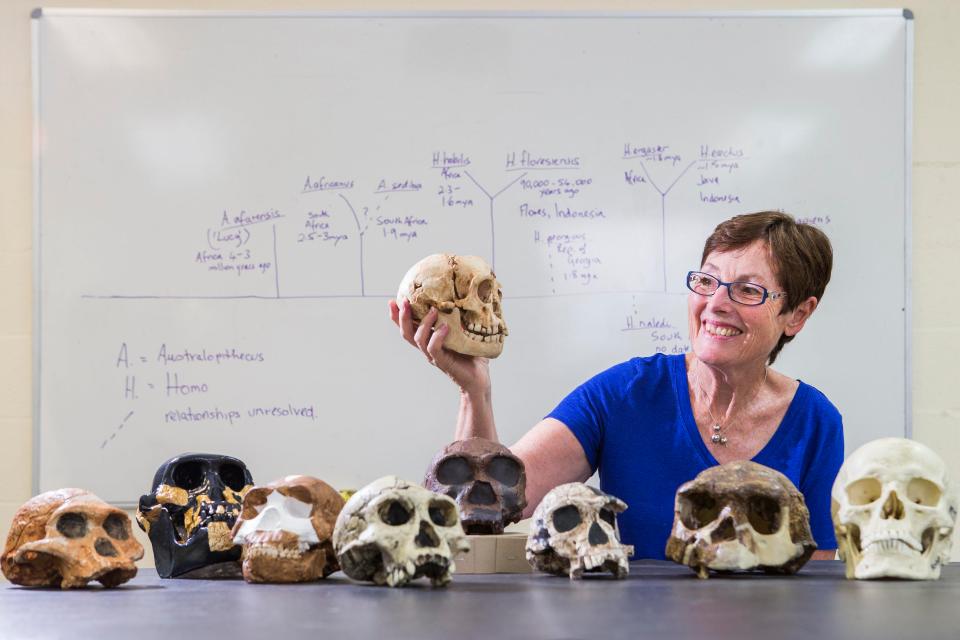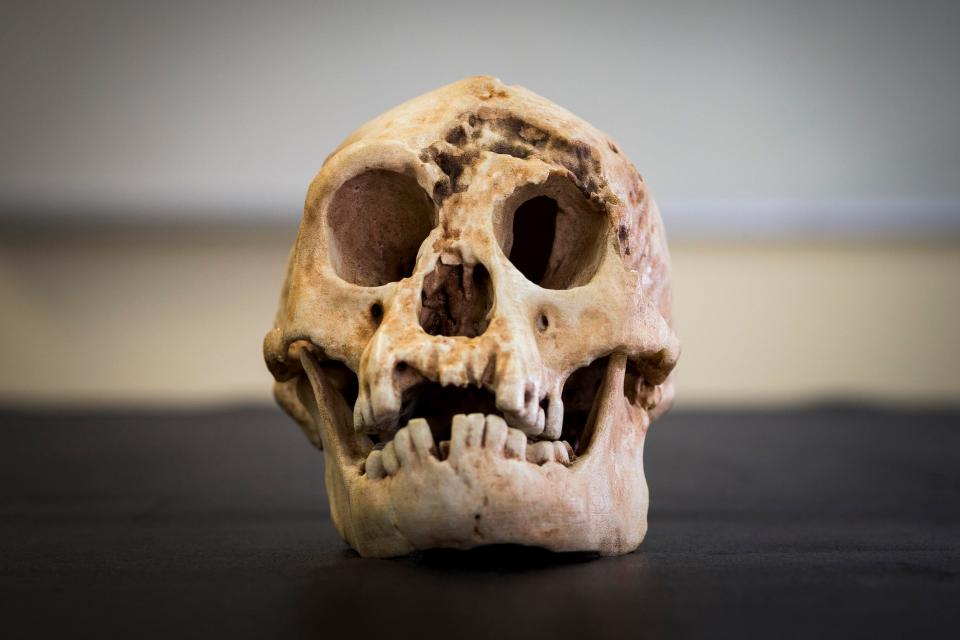Flores Man ‘hobbits’ found in Indonesia were NOT direct relatives of modern humans, scientists confirm
Researchers discover that strange hobbits were not shrunken versions of humanity's ancient ancestor, Homo erectus

ANCIENT "hobbits" recently discovered in Indonesia were not an early form of modern human but an entirely different species, scientists have found.
The ancient hobbits, who would have stood at 3.5 foot tall, were found at Liang Bua on the island of Flores in 2003.
Experts initially believed the Homo Floresiensis - or Flores man - were just a shrunken variety of early humans.
But a study by The Australian National University (ANU) found the race were most likely a different species altogether.
Researchers think they were related to a sister species of Homo habilis - one of the earliest known ancestors of modern mankind which lived in Africa 1.75 million years ago.
MOST READ IN TECH AND SCIENCE
Dr Debbie Argue from the ANU School of Archaeology & Anthropology said the results should help solve a debate that has been hotly contested ever since Homo floresiensis was discovered.
She said: "The analyses show that on the family tree, Homo floresiensis was likely a sister species of Homo habilis.
"It means these two shared a common ancestor.
"It's possible that Homo floresiensis evolved in Africa and migrated, or the common ancestor moved from Africa then evolved into Homo floresiensis somewhere."
Dr Argue said the analyses also supported the theory that Homo floresiensis could have branched off earlier in the timeline, more than 1.75 million years ago.
"If this was the case Homo floresiensis would have evolved before the earliest Homo habilis, which would make it very archaic indeed," she said.
Who was the 'Flores Man'?
The homo floresienis were ancient humans that lived between 100,000 and 50,000 years ago.
Adults stood just three-and-a-half feet tall and their brains were roughly one-third the size of our own, about the size of a chimpanzee’s.
Because of their miniature size, researched nicknamed the unusual findings "Hobbits".
One theory states the Hobbits may have arrived on the island from Java after being washed out to sea by a tsunami.
Over time, they could have shrunk on their new island home – a strange yet common phenomenon known as island dwarfism.
But new evidence suggests they could be an entirely different species.
Professor Mike Lee of Flinders University and the South Australian Museum, used statistical modeling to analyse the data.
He said: "When we did the analysis there was really clear support for the relationship with Homo habilis.
"Homo floresiensis occupied a very primitive position on the human evolutionary tree.
"We can be 99 per cent sure it's not related to Homo erectus and nearly 100 per cent chance it isn't a malformed Homo sapiens."
The study was published in the Journal of Human Evolution.
We pay for your stories! Do you have a story for The Sun Online news team? Email us at tips@the-sun.co.uk or call 0207 782 4368


